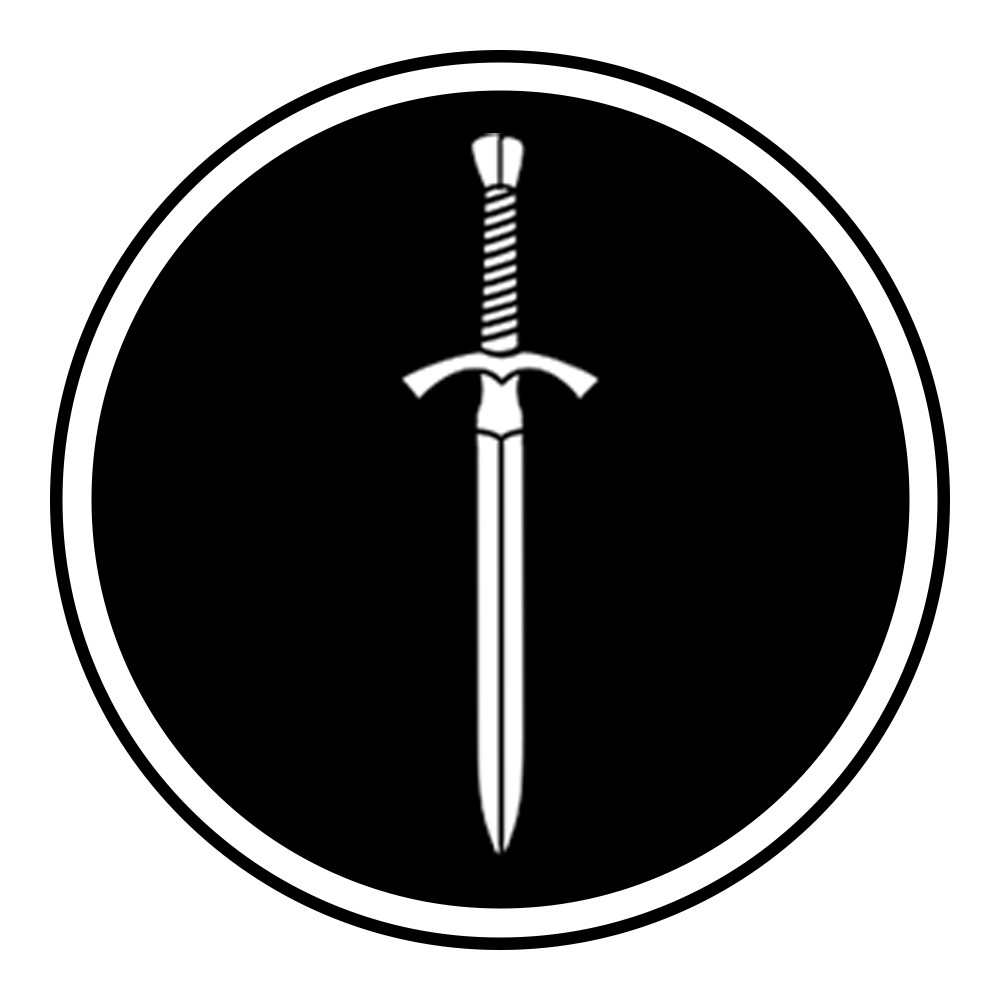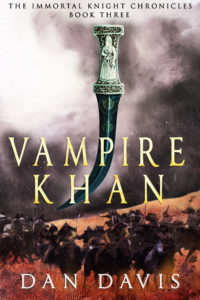My novel Vampire Khan takes place between the 1240s and the 1260s, during the Mongol invasion of Persia, the conquest of the Ismaili Assassins and the fall of the Abbasid Caliphate.
Before writing the novel, I was familiar with the overall narrative of the period, in large part thanks to the superb Hardcore History podcast series Wrath of the Khans by Dan Carlin. That narrative stretches over 8 hours and covers the period AD 1160 – 1260, from the birth of Genghis to the Battle of Ain Jalut.
As well as researching the Mongols, I needed detailed information on the Assassins and Abbasids. And also the Seventh Crusade, and the Latin Empire in Constantinople, and much more besides.
I started with books for a general readership which were great for high level overviews. I also found a few helpful articles for general readers and more specialist ones for students of history. I uncovered a handful of more academic texts for greater detail. There are also some great forum posts and discussions on places like Ask Historians on Reddit that provided specific answers. I will list a partial bibliography below. It is my intention to write reviews of some of the main books at a later date.
Bibliography:
William of Rubruck’s Account of the Mongols (full text available here)
Man, John the Mongol Empire: Genghis Khan, His Heirs, and the Founding of Modern China
Chambers, James The Devil’s Horsemen: The Mongol Invasion of Europe (this was absolutely vital. Loved this one)
Turnbull, Stephen (Illustrated by Wayne Reynolds) Mongol Warrior 1200-1350 from Osprey Publishing’s “Warrior” series (lots of excellent illustrations!)
Jones, Dan the Templars: the Rise and Fall of God’s Holy Warriors
Read, Piers Paul the Templars: the Dramatic History of the Knights Templar, the Most Powerful Military Order of the Crusades
Waterson, James the Ismaili Assassins: a History of Medieval Murder (an excellent overview – also vital for the Assassins section of the novel)
Lewis, Bernard the Assassins: a Radical Sect in Islam
Jackson, Peter the Mongols & the Islamic World: From Conquest to Conversion
Boas, Adrian J. Crusader Archeology: The Material Culture of the Latin East.
Lane, George Early Mongol Rule in Thirteenth-century Iran: A Persian Renaissance
Atwood, Christopher P. Encyclopedia of Mongolia and the Mongol Empire
Turnbull, Stephen Genghis Khan & the Mongol Conquests 1190-1400
Nardo, Don Genghis Khan and the Mongol Empire
Buell, Paul D. Historical Dictionary of the Mongol World Empire
Kadoi, Yuka Islamic Chinoiserie: the Art of Mongol Iran
Biran, Michal Qaidu and the Rise of the Independent Mongol State in Central Asia
NEGOIÞÃ, ANA MARIA THE CITY OF MANSUR THE BUILDER. BAGHDAD BETWEEN THE CALIPH’S WILLAND SHARI’AH NORMS
Nicolle, David (Illustrations by Richard Hook) the Mongol Warlords
Weatherford, Jack the Secret History of the Mongol Queens: How the Daughters of Genghis Khan Rescued His Empire
Karakorum: the History and Legacy of the Mongol Empire’s Capital from Charles River Editors
May, Timothy the Mongol Art of War
Curtin, Jeremiah the Mongols in Russia
Frazier, Ian Invaders: Destroying Baghdad (New Yorker article from 2005 referencing the US invasion of Iraq)
The Immortal Knight, Richard of Ashbury, battles an unstoppable horde of Mongol vampires.
AD 1253. The Mongol hordes are poised to conquer all of Persia and Syria. Soon, nothing will separate them from the Crusader Kingdoms and Christendom itself.
Richard’s nemesis, the vampire William de Ferrers, is said to sit at the right hand of the great Mongol Khan in the East. An immortal Mongol elite would be powerful enough to conquer the entire world. And so Richard sets out into the barbarian wilderness to destroy the threat to Christendom and fulfil his oath of vengeance.
To face the terrifying might of the Mongols, Richard must assemble a company of allies from the Templars, the Assassins, Abbasid Saracens, and even Mongol rebels. Together, they will wage a bloody war on the vampire khan.
Book 3 of the Immortal Knight Chronicles continues forty years after the end of Vampire Outlaw. Featuring thrilling sword fights, epic medieval battles in the Middle East, political intrigue and real historical events in Baghdad, Alamut, and Karakorum, this is exciting, action-packed historical fiction with a twist.



Very interesting. I hadn’t realized the Assassins were an actual group rather than a general category of law-breakers.
Thanks Deby. Yes indeed they were a sect, broken off a subset of a subset of Shiite Islam and set up in the mountains of northern Iran. They were seen as heretics and as they were a smaller poorer group than their enemies, they used a combination of strong fortresses, diplomacy and political murders to protect themselves. The mainstream muslims called them hashishi to mean outcasts or losers and in the middle ages Europeans called them Assassins. They became legends in their own lifetime, although the political murders were only a small part of what they did to pursue their own ends. Later, they were almost wiped out by the Mongols and subjugated by the Egyptian Mamluks, who did use them more in the fashion that we would think of as an “assassin” these days. For a hundred years or so in the medieval period, they were feared across Europe and the middle east. Fascinating story. The Ismaili Assassins: A History of Medieval Murder by James Waterson is a good read.
Why is Khan being associated with vampires? This is the third site I have heard make such a claim? Vampires, demons, and other things that go bump in the night. The Mongols were terrors in their own rights without being associated with mythical creatures that never existed.